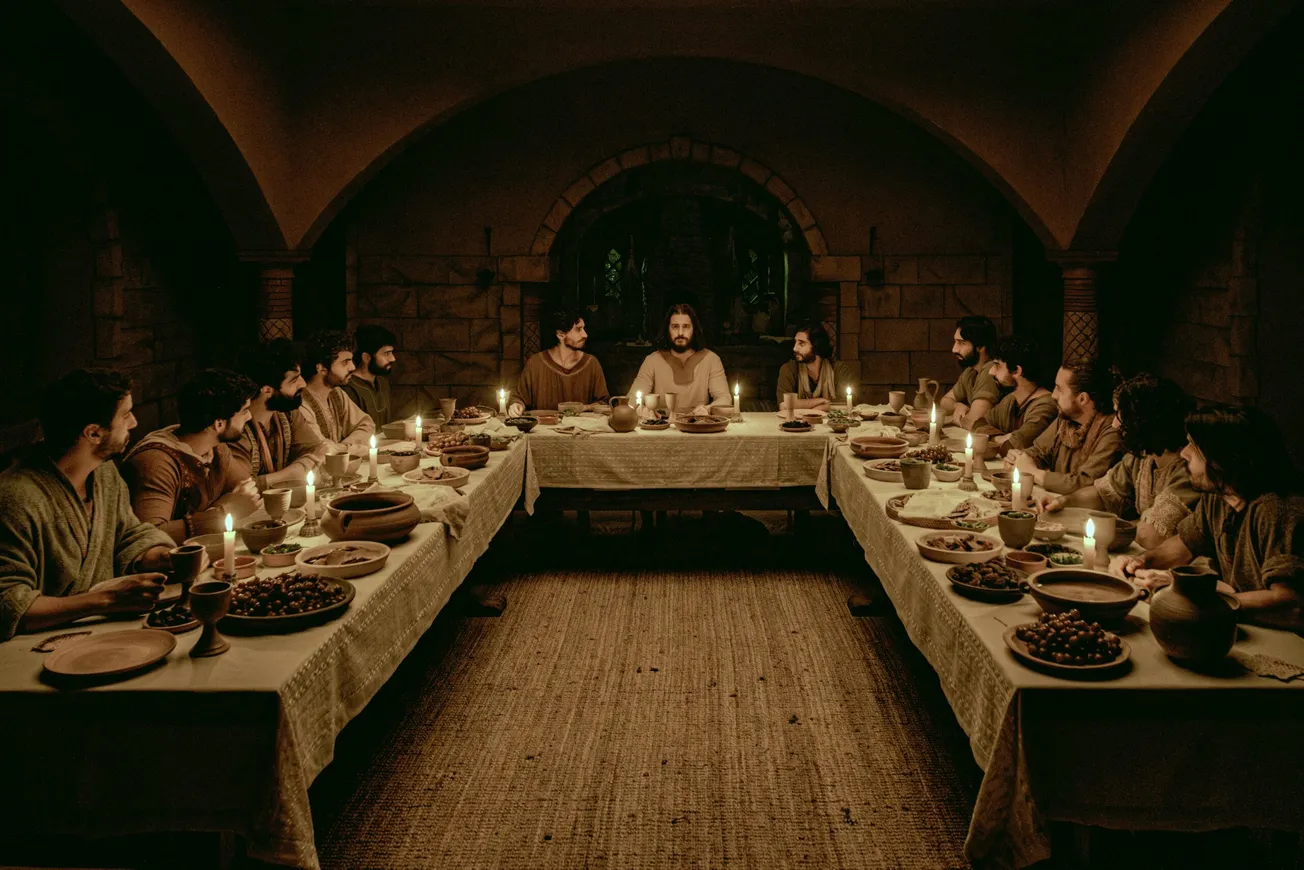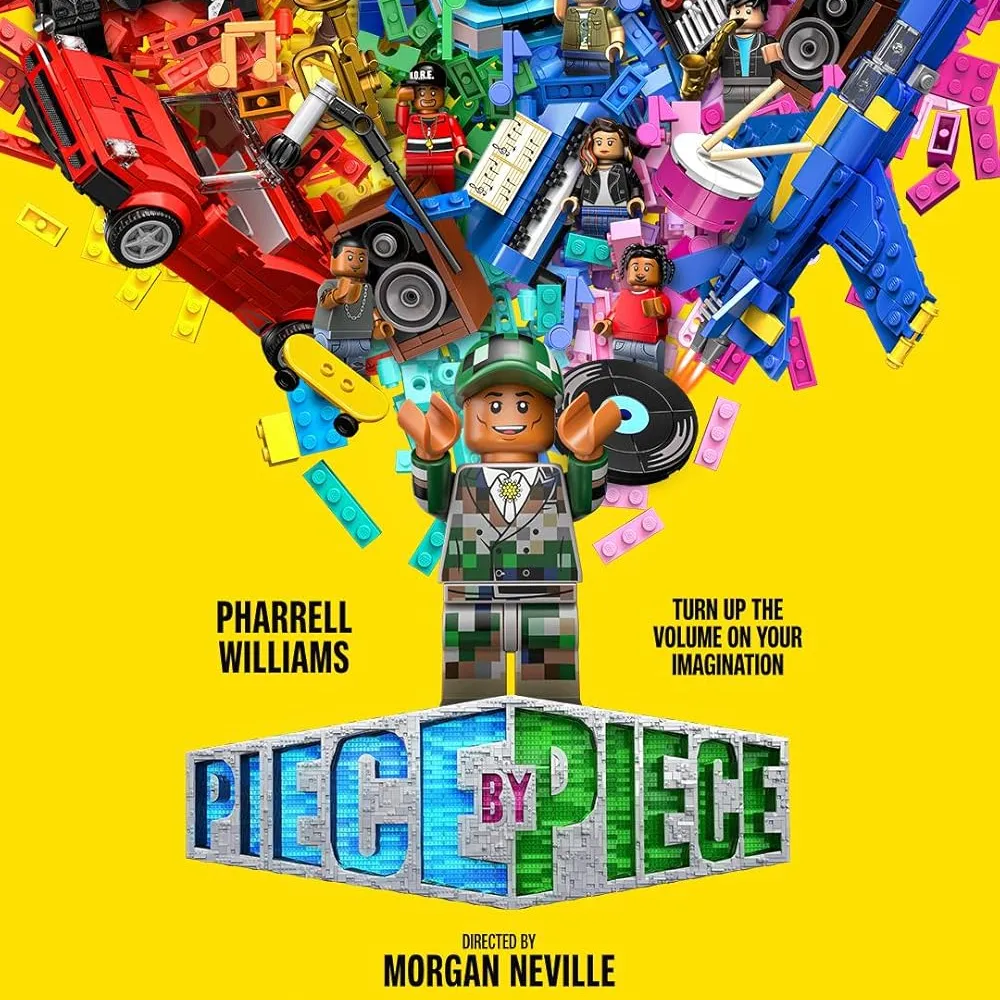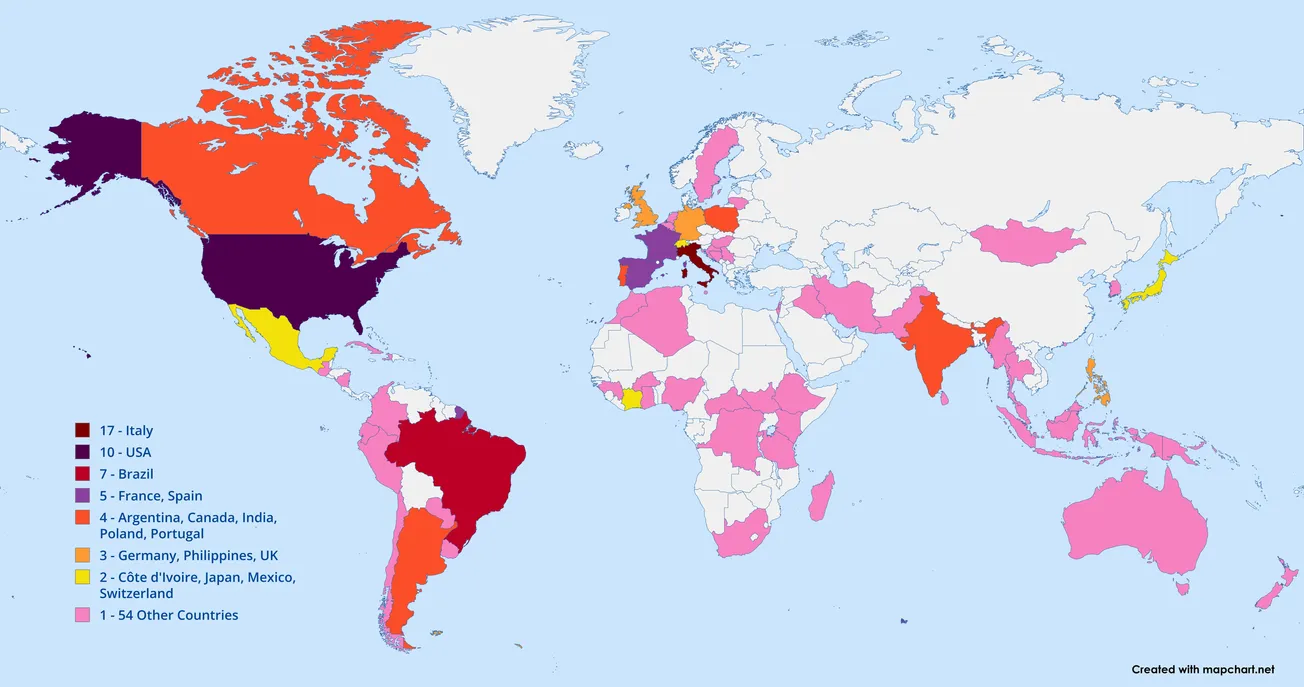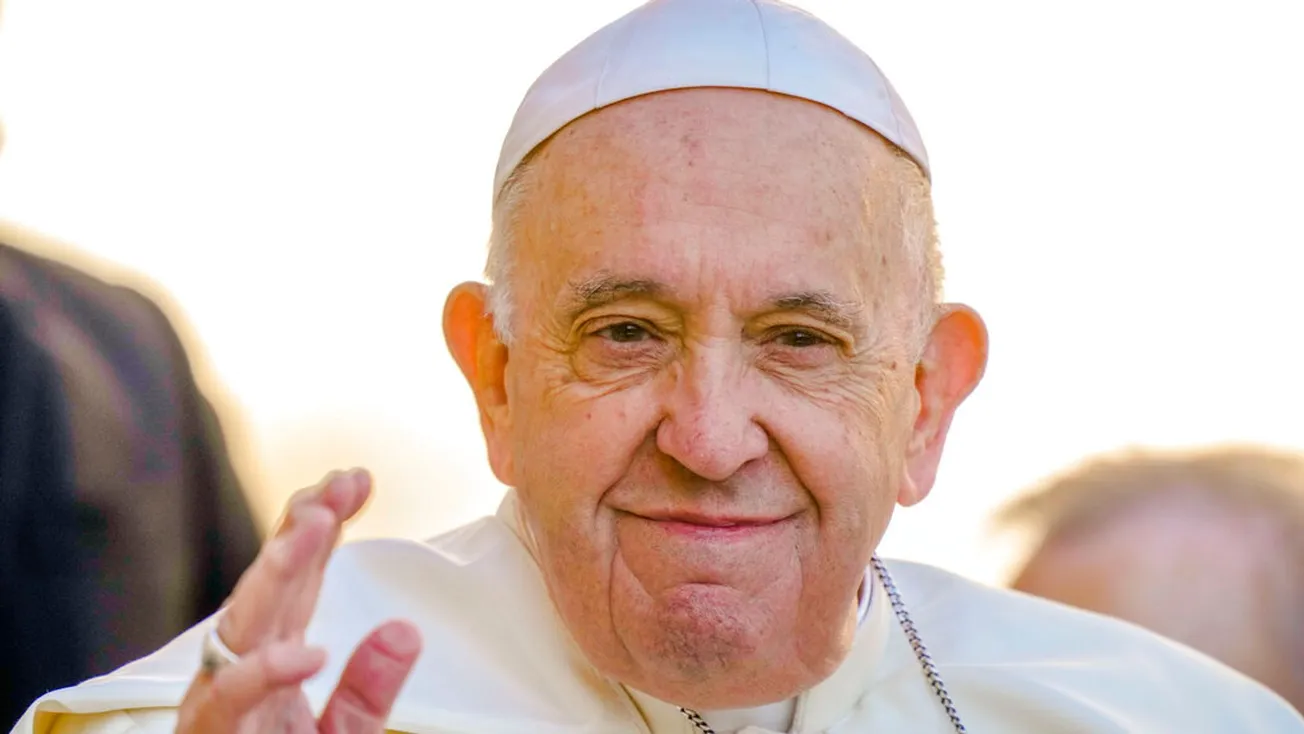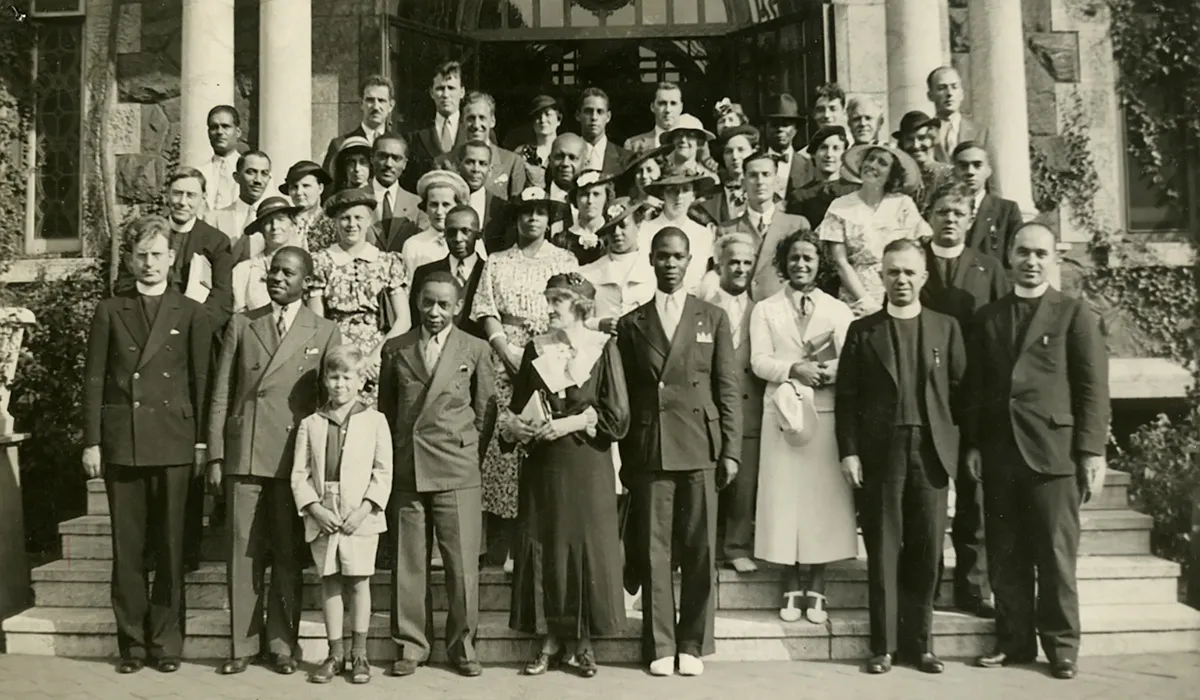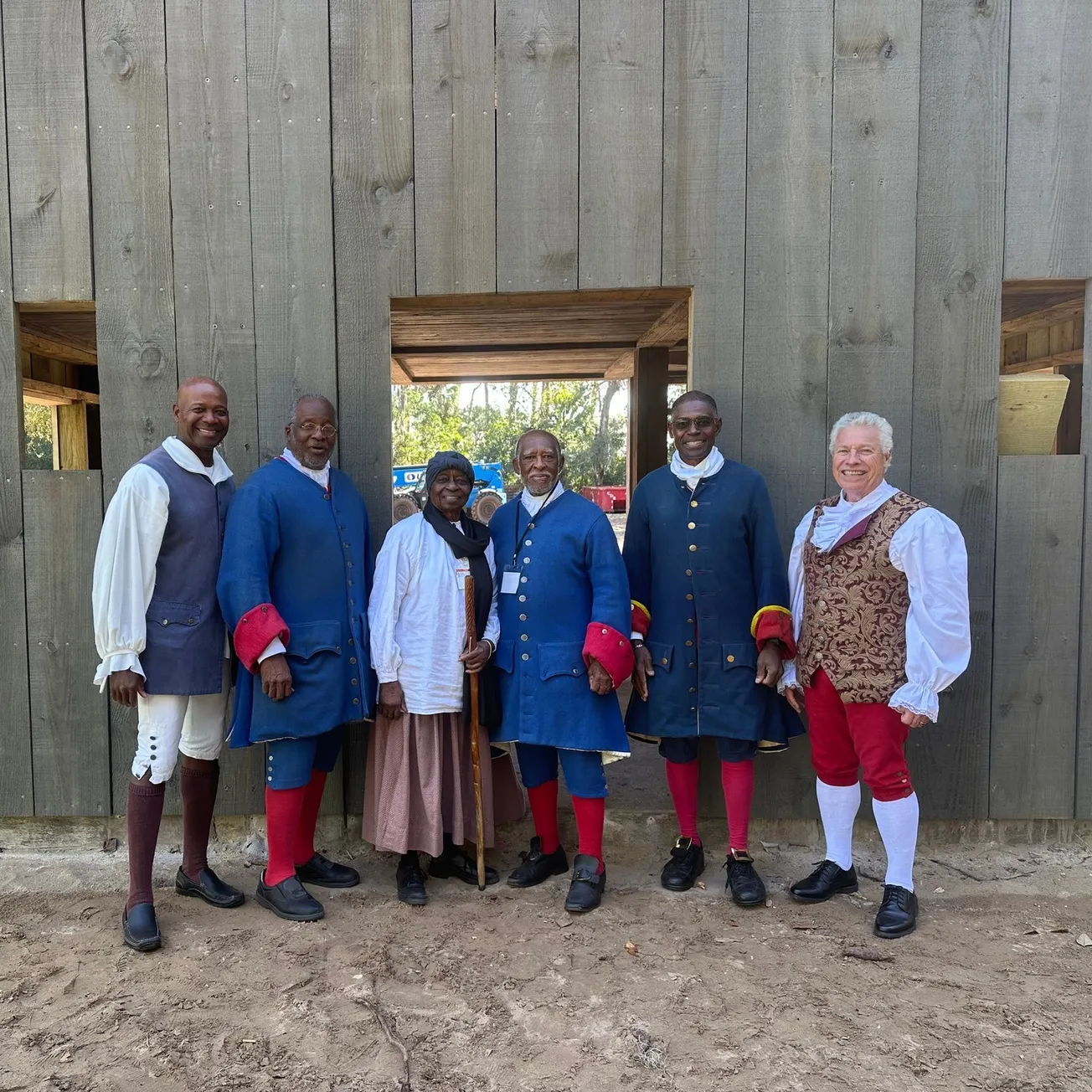One Sunday in 2019, I was paying strict attention absentmindedly looking around the church during Mass.
My gaze happened to catch one of the Stations of the Cross, the tungsten light hitting it from above and creating an intense contrast of light and shadow. The juxtaposition struck me and caused me to look at the station as if for the first time, entering into the scene of salvation that it depicted.
I had subconsciously taken in that image so many times before, but it took seeing it through a different light for it to actually resonate with me. I knew one thing at that moment: with the artistic gifts He’d given me, God was calling me to capture that reflection and share it with others.
I couldn't be the only one who started Hail Marys and then put the rote prayer on my mind's back burner while I continued my Litany of Stress. I couldn't be the only one who casually passed the Stations in church every week without really considering what they represent. I couldn't be the only one praying on autopilot.
Right? (If that sounds like you, welcome to the club.)
As such, I created the film “Mary's Way of the Cross” with two goals in mind: First, to use my little gifts to create a piece of art that glorifies Christ through his Blessed Mother, as all the great masters of the arts have done over the centuries, in the hopes that it might draw others into His Kingdom.
Second, I wanted to contribute to our great Catholic tradition of the arts. Our Lady has been represented across a diverse array of cultures and ethnic groups in paintings and sculptures and music and poetry, so I wanted to add my personal touch through a cinematic lens.

So how does an independent filmmaker with no budget make a cinematic film that immerses the viewer and draws them closer to God? Well, it starts with prayer, and with allowing God to do the cosmic heavy lifting.
My initial plan was to shoot the film in the Spring of 2020. It was going to be a simple concept featuring a lady sitting in one of the pews at my home parish and reading the stations out loud. I would set up the camera in front of her as she reads, and also capture the stations along the wall of the church. Edit that with music, and done!
Then the pandemic hit. Everything was shut down, and I could not shoot in my parish—or any public building, for that matter. I had to put the project on hold indefinitely.
2020 passed, and 2021 came along. Life was slowly returning to normal; churches and public spaces were opening up, and I figured I could start making plans to shoot the film that year. Then, in May, after an investigation using ground-penetrating radar, a tragic discovery was made by the Canadian government: two hundred unmarked graves at the Kamloops Indian Residential School in British Columbia.
As you can imagine, dioceses across my country had their hands busy dealing with the fallout of this (and subsequent discoveries), so my project had to be put on indefinite hold again, for at least the rest of the year.
During those two years, the project was constantly evolving in my head and slowly growing in scope. I got the idea to shoot in multiple parishes instead of just my home parish, and each would represent a station. After re-watching “The Passion of the Christ” by Mel Gibson, I also became very interested in delving into the mind of Mary in that moment, a mother watching all these events happen in real time.
From there, more cinematic elements followed: the black and white photography, the 4:3 aspect ratio, the voice-over narration. I had no logical reason for including these, but intuition—most likely the Holy Spirit—dictated that these elements would increase immersion, which was the ultimate goal of the film.

In early 2022 I was finally able to get in touch with all the parishes I needed to shoot in, which was another logistical challenge. Production began in the summer. I was fortunate to shoot in a wide variety of parishes, thanks to the Archdioceses of Winnipeg and St. Boniface, and the Ukrainian Catholic Archeparchy of Winnipeg. This involved French, Polish, Ukrainian, and Korean-speaking churches, as well as a First Nations parish along with all the English-speaking parishes, subliminally bringing to light the wonderful diversity of our faith.
We shot for two months with actress Gloria Thompson, all weekday evenings after work, and wrapped up in August. Post-production was finished earlier this year.
My prayer is that this film completely immerses viewers in the unique perspective of the Blessed Mother as she witnessed the Passion of our Lord. I hope it allows you to uncover how Mary's reflective prayer life as seen in the Gospels, was what gave her the strength to endure witnessing Calvary in her eyes and in her heart. I also pray it reignites your love for meditating on the Stations this Lenten season, as it has for me.
I believe that cinema can be a powerful tool for prayer and meditation, in much the same way that the stained-glass windows, beautiful church architecture, sculptures, music, and poetry of our great Catholic faith have drawn people closer to God over the centuries.
Moreover, as a proud Black Catholic, I hope to contribute to our tradition for a long time to come.
Bisong Taiwo is an award-winning independent filmmaker based in Canada. Working at the intersection of blackness and theology, Bisong’s dream is to produce films that attain a level of spiritual quality matched by the most sacred artistic works of the millennia-old Catholic tradition.




